Camera Basics Made Easy
Camera Basics: Mastering Your Photography Gear
Hey there, my fellow photography enthusiasts! In this article, we’ll take a look at some camera basics and get familiar with some of the ‘camera speak’. If you’re a newbie photographer, or you just want to refresh your knowledge, this article will equip you with the essential skills needed to get to know your photography gear.
So, go grab your camera and let’s embark on this exciting journey together!
I am a participant in the Amazon Services LLC Associates Program, an affiliate advertising program designed to provide a means for me to earn fees by linking to Amazon.com and related sites. This post may contain affiliate links, which means I may receive a commission, at no cost to you, for purchases made using my links. Please see my disclosure to learn more.
Top Rated
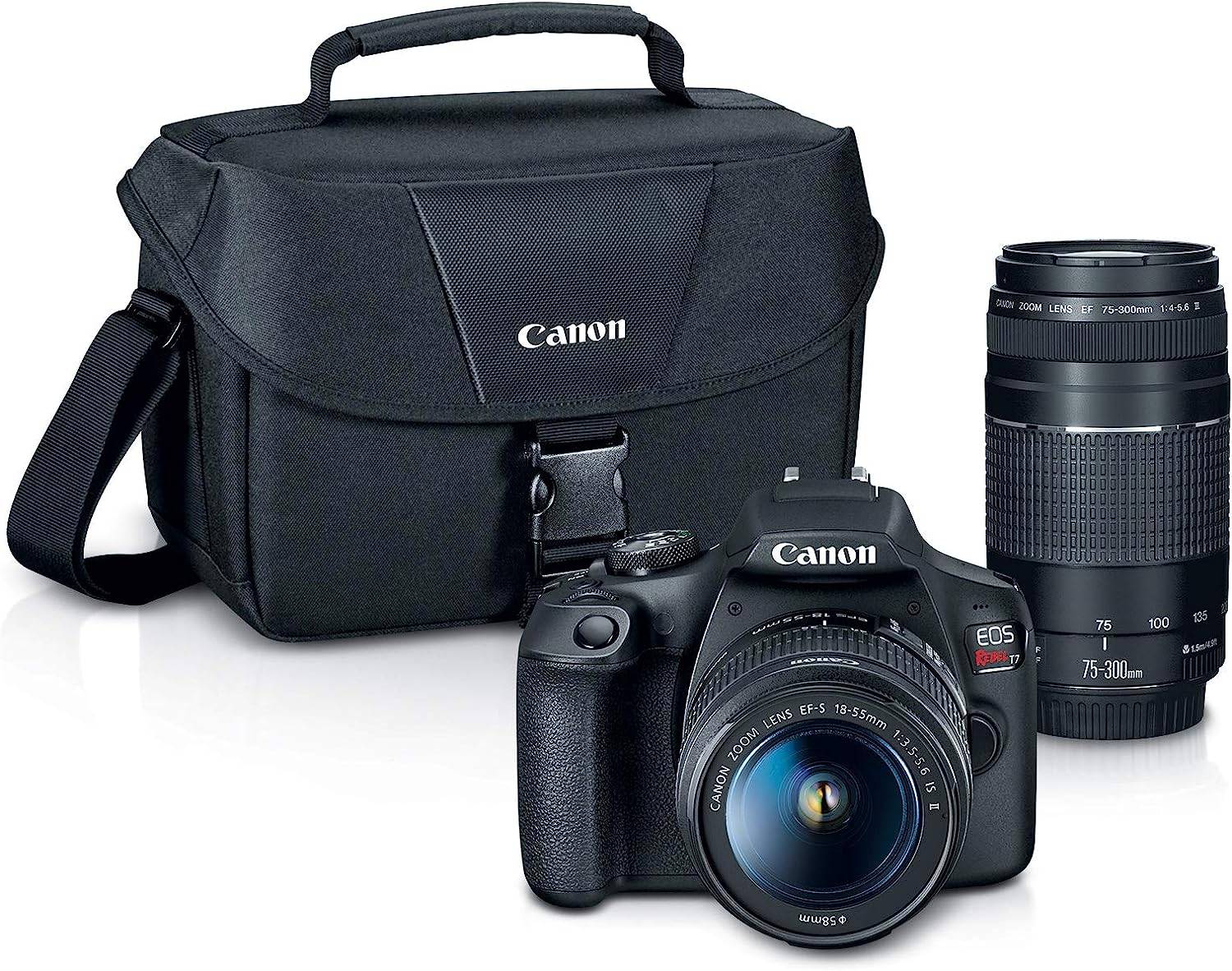
Canon EOS Rebel T7 DSLR Camera
Lowest Price
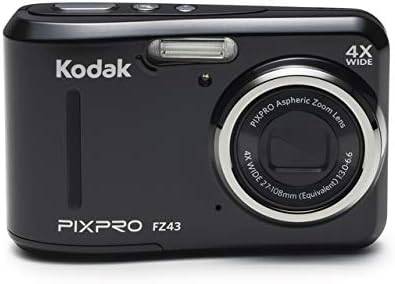
Kodak PIXPRO Digital Camera
Great Value
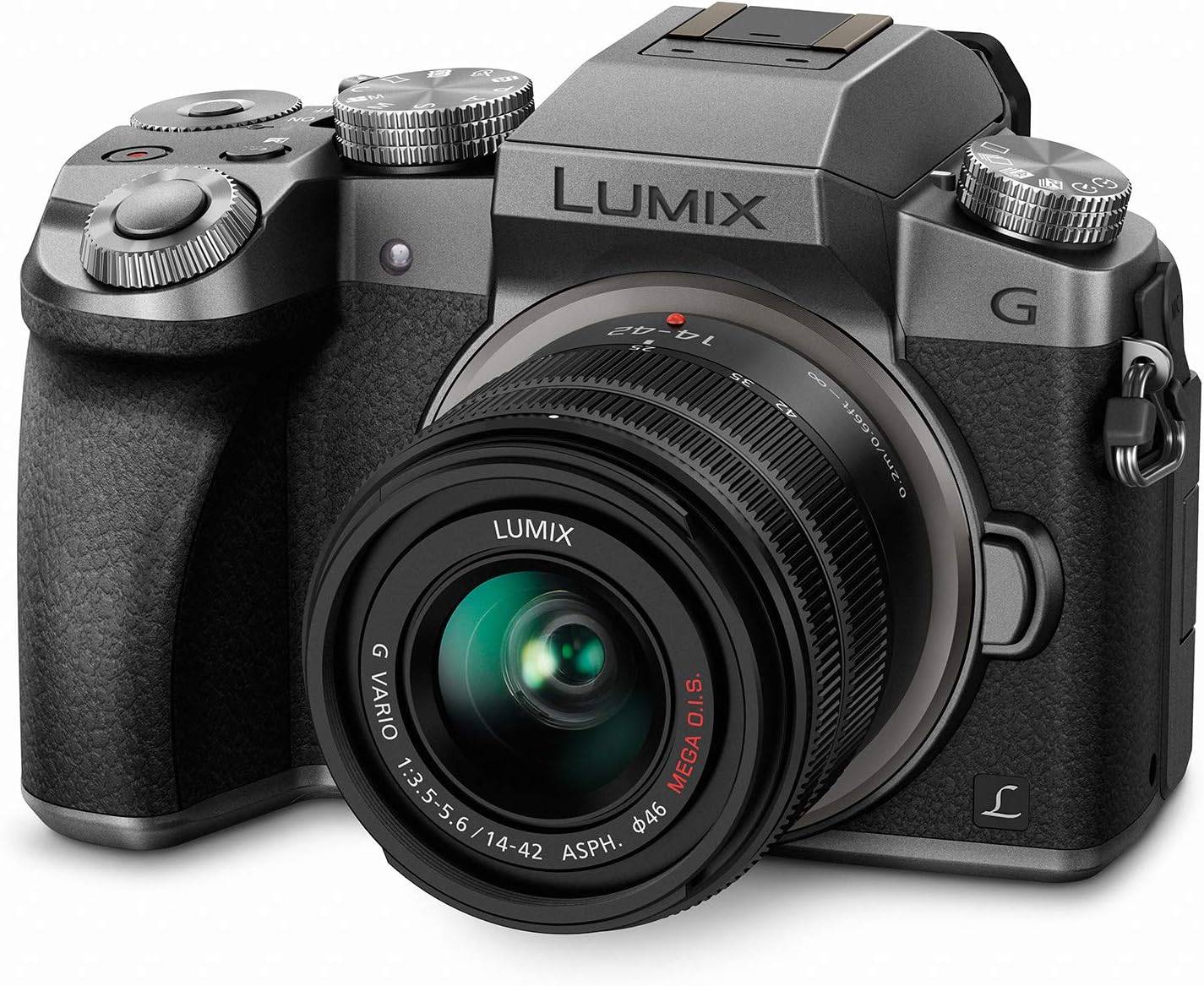
Panasonic LUMIX 4K Camera
Different Camera Types:
Now, before we start exploring the intricacies of camera settings and techniques, let’s first understand the various camera types out there.
We have DSLRs, mirrorless cameras, and point-and-shoots. Each of these has its own strengths and weaknesses.
DSLRs are known for their versatility, while mirrorless cameras are compact and offer lightning-fast autofocus.
Point-and-shoots, on the other hand, provide convenience and simplicity. Take a moment to think about your photography goals and preferences, and choose the camera type that suits you best.
Camera Settings and Modes:
Alright, now that we have our cameras sorted, let’s talk about camera settings and shooting modes.
Understanding these key elements will empower you to capture the perfect shot in any situation.
We have:
shutter speed, which controls the amount of time the camera’s sensor is exposed to light;
aperture, which determines the depth of field and the amount of light entering the camera;
and
ISO, which regulates the camera’s sensitivity to light; and white balance, which ensures accurate color reproduction.
Mastering these settings will give you complete control over exposure and creative choices.
Holding and Stabilizing a Camera:
Now, we all know our photos sometimes turn out blurry. And, quite often, it’s due to camera shake. But fear not! I’ve got some simple tricks up my sleeve to help you capture sharp and steady shots. When holding your camera, make sure to use both hands and brace it against your body. This creates a stable foundation and minimizes shake.
Keep those elbows tucked in and take a deep breath before pressing that shutter button. Remember, practice makes perfect!
Tripods: Your Steady Companion:
Recommended
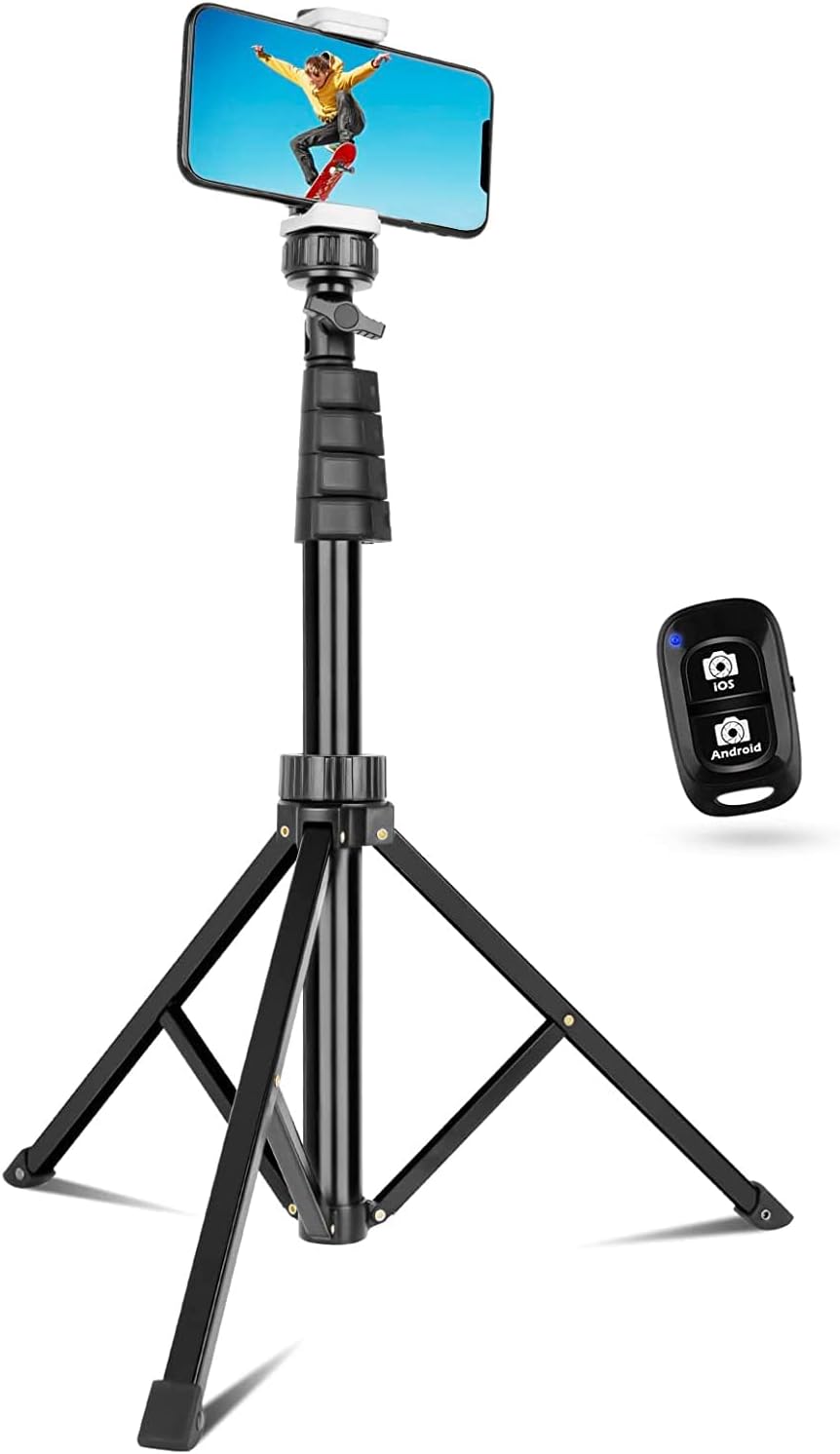
Sensyne 62″ Phone Tripod & Selfie Stick
Recommended
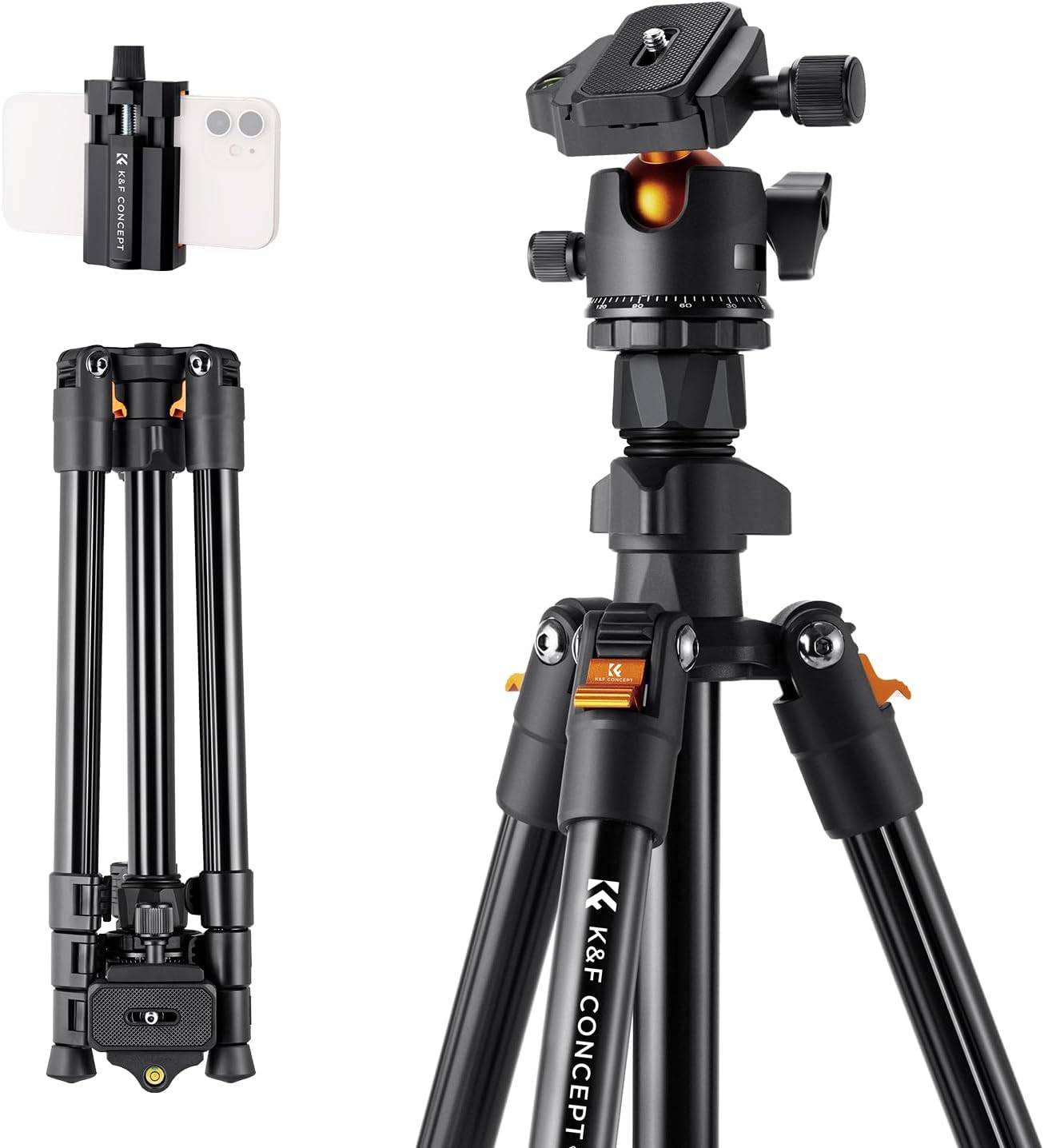
K&F Concept 64″ (163cm) Camera Tripod
Top Rated
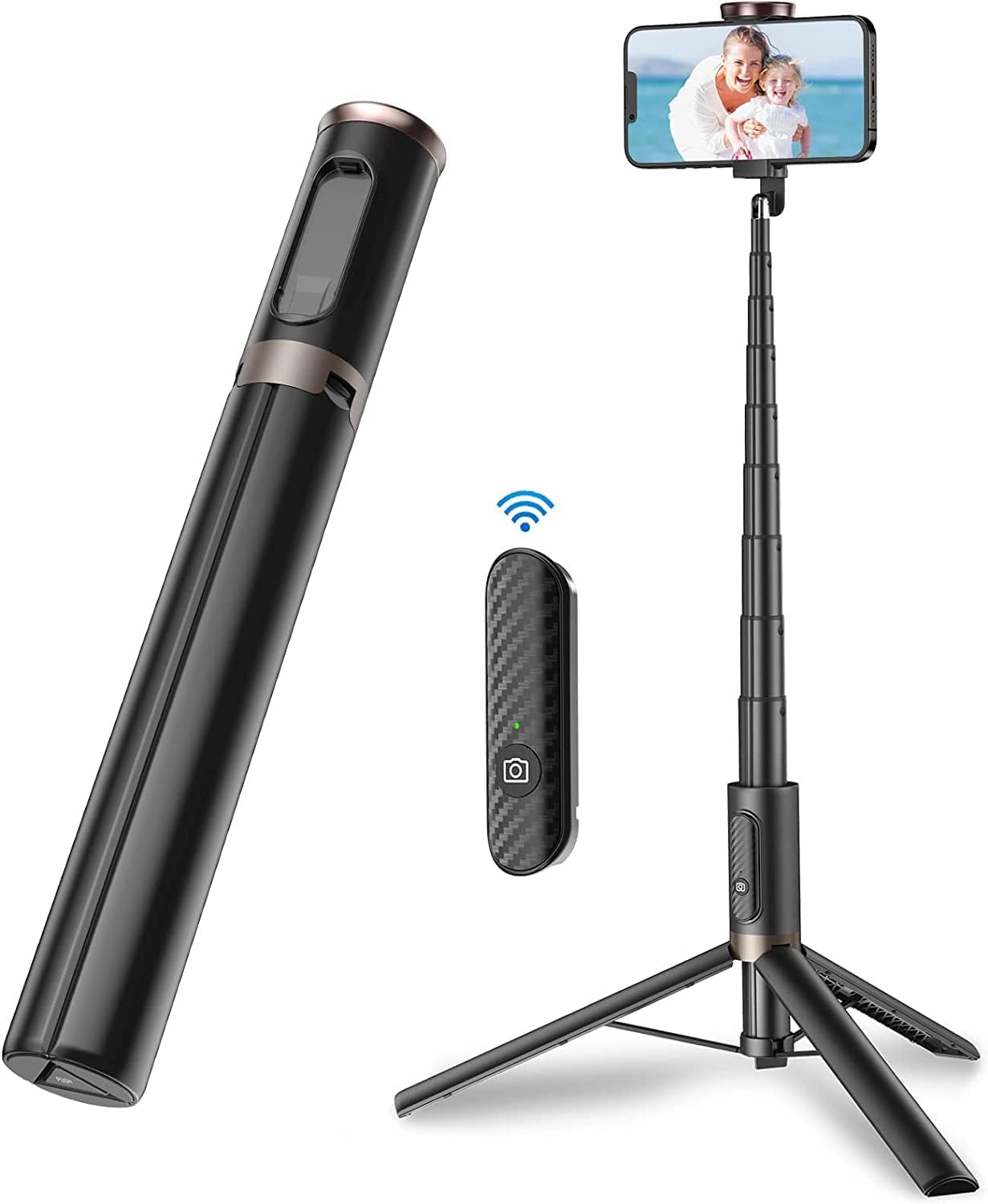
TONEOF 60″ Cell Phone Selfie Stick Tripod
Sometimes, even with the steadiest of hands, capturing that perfect shot requires some extra stability. That’s where tripods come to the rescue!
These three-legged wonders provide a solid base for your camera, ensuring sharpness and reducing camera shake. Whether you’re shooting long exposures, landscapes, or self-portraits, a tripod is an indispensable tool.
So, invest in a good-quality tripod, set it up, and watch your images reach new heights of clarity.
Navigating Camera Menus and Functions:
Ah, camera menus, those intricate labyrinths of settings and options. But worry not, I’ll guide you through this maze!
Navigating camera menus can be overwhelming at first, but once you get the hang of it, you’ll unlock a world of possibilities. Explore the menus, delve into the functions, and discover the settings that align with your shooting style.
Don’t be afraid to experiment and customize your camera to suit your preferences. It’s all about making your camera an extension of your creative vision.
Practice Makes Perfect:
Now that we’ve covered the basics, it’s time for you to unleash your creativity. Take your camera, head out into the world, and practice, practice, practice!
Experiment with different camera settings, play with composition, and immerse yourself in the joy of photography.
Remember, it’s through practice and exploration that you’ll truly master your craft. Embrace the learning process, celebrate your successes, and learn from your mistakes. With each click of the shutter, you’ll become more proficient and confident in your abilities.
Final words on camera basics
Well done! You’ve now embarked on a journey to master your photography gear. From understanding different camera types to navigating menus, from grasping essential settings to stabilizing your camera, we’ve covered it all.
Remember, photography is an art form that thrives on creativity and passion.
So, go out there, capture those breathtaking moments, and let your camera be an extension of your vision.
Stay tuned for more articles in this series, where we’ll explore composition, lighting, and various photography genres.
Until then, keep clicking and keep inspiring!
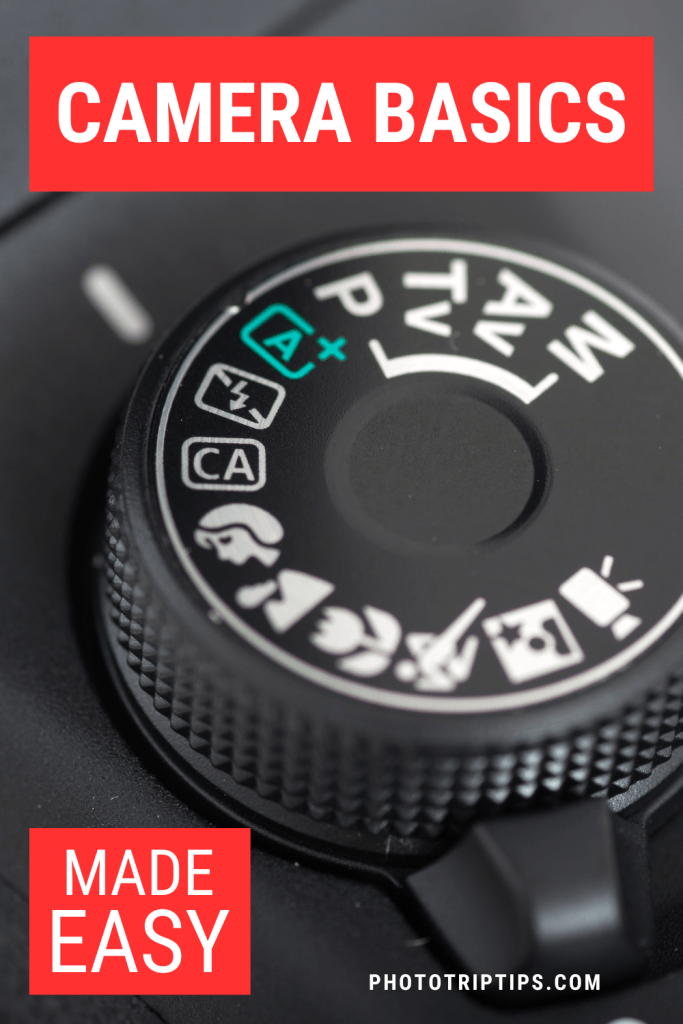

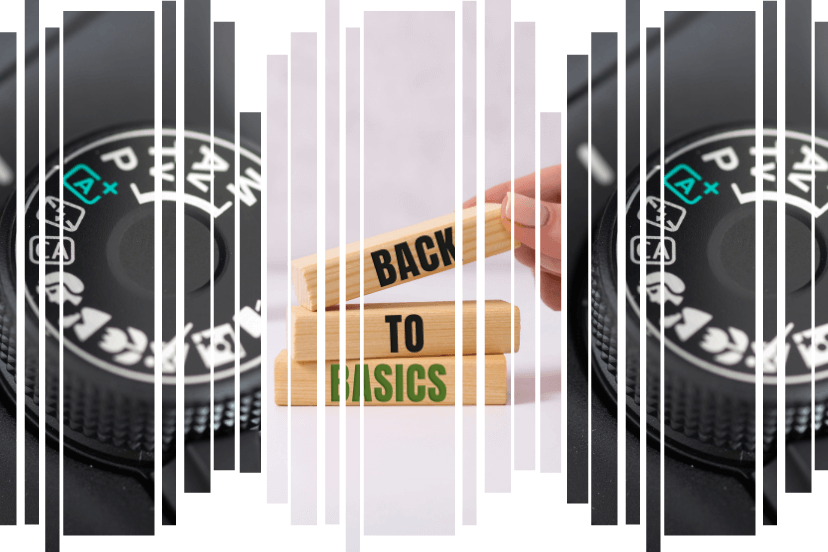

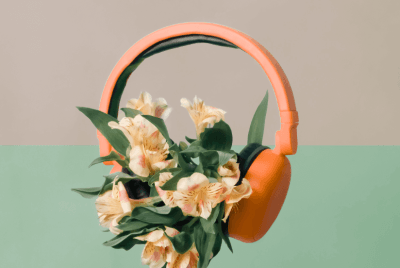



Comments are closed.